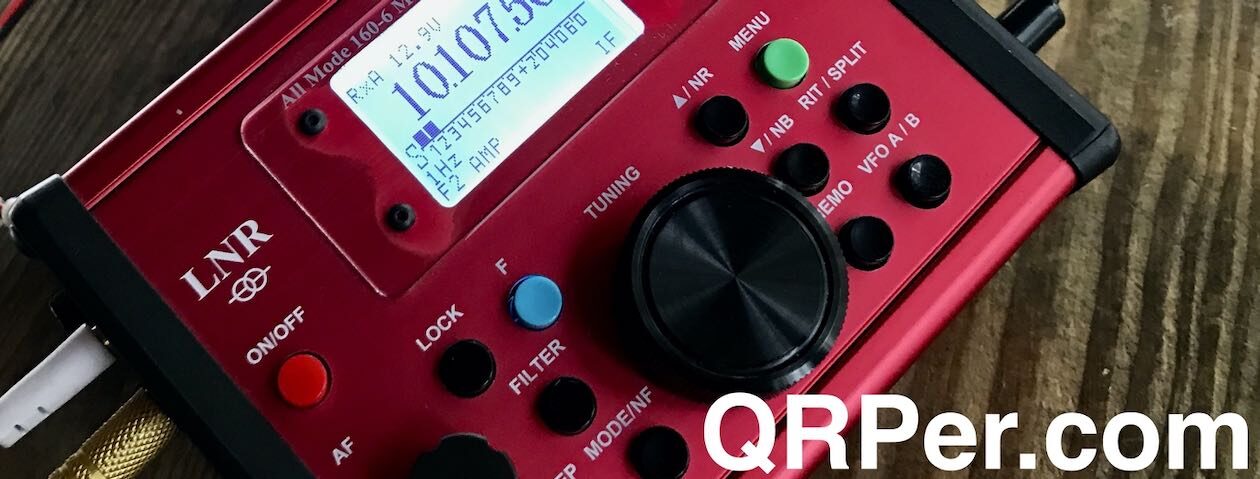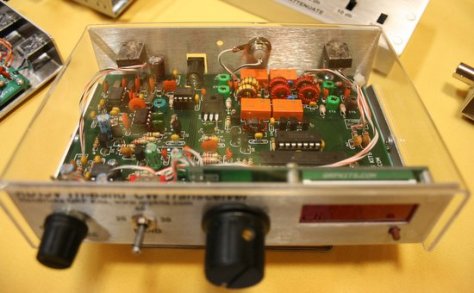 This past weekend, I posted the first of several surveys on QRPer.com asking:
This past weekend, I posted the first of several surveys on QRPer.com asking:
“What QRP radio do you tend to use the most in the field?“
The responses started flowing in immediately and within the first day we had already accumulated over 400 votes.
I turned off the survey this morning at 5:00 EDT with a total of 696 responses.
Survey Results
Here’s a pie chart showing the top 26 results in the survey. To see detail, you will need to click on the image below (or click this link) to enlarge it in a new window: 
The top choice was the Elecraft KX2 which received 131 votes. I’ll admit, this was my top choice, too.
The KX2 is the most compact, full-featured radio currently on the market. I know of no other radio that weighs less and is smaller in size that also sports options for an internal battery and internal ATU. It’s also one of only about five radio models on the market that has a built-in microphone.
The KX2 is one of the pricier QRP transceivers on the market, so in that sense, it did surprise me that it was number 1.
The Yaesu FT-817 and FT-818 series transceivers took second place with 105 votes.
Since this radio enjoyed one of the longest production runs in the history of amateur radio–and the price floated around $650 US new–we shouldn’t be surprised. It has so many good things going for it; click here if you want a deep dive into why I think the 817/818 is a fantastic field radio.
The Icom IC-705 took third place with 101 votes.
The IC-705 is an incredibly versatile radio as well and it packs some serious performance! It’s also one of the priciest QRP radio on the market at around $1,400 US. Click here to read my full review of the IC-705.
These are only the top three radios–check out the full results below to see how the top ten ranked among a total of 48 entrants.
Full Results…
If you would like to see the actual number of votes for each of the 48 radios in this survey, click the link below to load the rest of the page:
Continue reading Survey #1 Results: What QRP transceiver do you turn to the most in the field?


















 Ten-Tec is discounting their 1380 and 1330 QRP kits for the holiday season. They’ve also extended their discount on the R4030 QRP tranceiver (details below).
Ten-Tec is discounting their 1380 and 1330 QRP kits for the holiday season. They’ve also extended their discount on the R4030 QRP tranceiver (details below).










